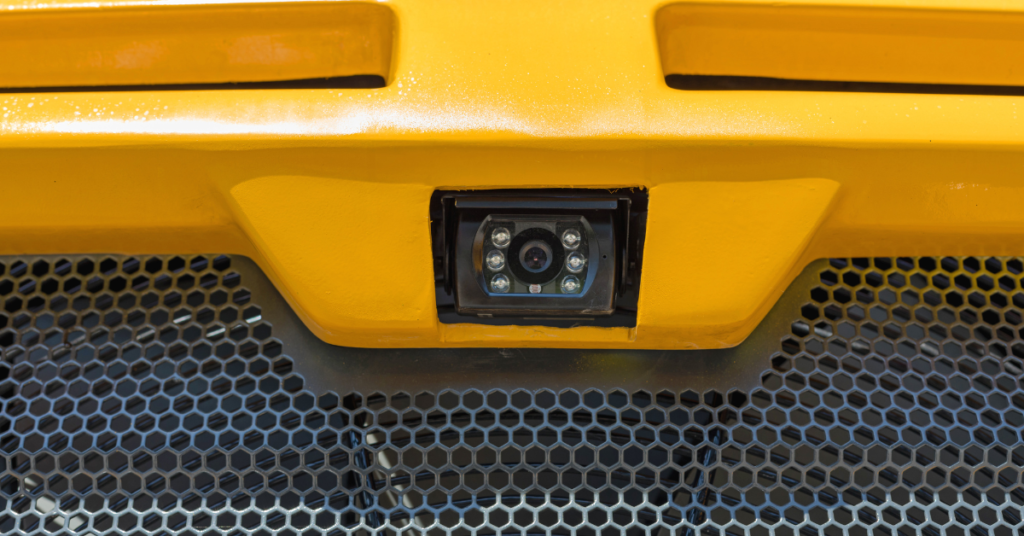Great car speakers can transform your drive, turning every journey into a memorable experience. High-quality speakers highlight the details in your favourite tracks, making them sound more prosperous and engaging. However, with so many options available, finding the right car speakers can be a challenge. In this guide, we’ll walk you through the key factors to consider when selecting the best car speakers to amplify your in-car audio experience.
Understanding the Different Types of Cars Speakers
Knowing the different types of car speakers is the first step in choosing the right ones for your vehicle.
- Coaxial (Full-Range) Speakers: These are the most common type of car speakers. In one unit, they include all the necessary components, like woofers and tweeters. They are easy to install and are great for replacing factory-installed speakers.
- Component Speakers: Component systems separate the woofer, tweeter, and other parts, allowing them to be placed in different locations in the car. This setup offers superior sound quality and better clarity.
Understanding which type of car speakers suits your needs can help you make a more informed decision.
Factors to Consider When Choosing Car Speakers
Choosing the right car speakers involves more than just picking a well-known brand. Here are some essential factors to consider:
- Power Handling: This refers to the amount of power a speaker can handle. If you have a powerful amplifier, you’ll want car speakers with a high RMS power rating to match that power without distorting.
- Sensitivity: Sensitivity measures how well a speaker converts power into sound. If you have a low-power car stereo, choose high-sensitivity speakers. Low-sensitivity speakers are better for a high-power system.
- Frequency Response: A speaker’s frequency range determines the range of sound it can produce. A wider frequency range means better bass and clearer highs.
- Build Quality: Good car speakers are built with durable materials like polypropylene cones, and rubber surrounds to ensure longevity and better sound.

How to Match Your Car Speakers with Your Audio System
For the best audio experience, your car speakers should match your car’s audio system. If you have decided on the right car stereo, pairing it with the right speakers can make a difference.
- Compatibility: Ensure the speakers’ power ratings match your audio system to avoid damaging either component.
- Amplifiers: If using an external amplifier, ensure that the car speakers can handle the amplifier’s output power for optimal performance.
Circuit-i’s Advanced Car Audio Technology
Circuit-i is a well-known in-car multimedia system that brings innovation and performance to your vehicle’s audio setup. Their products integrate seamlessly with your chosen car speakers, enhancing the audio and other features like parking assistance and integrated navigation. Circuit-i’s car stereos come with Digital Signal Processing (DSP), which optimises the sound and provides balanced audio for various music genres. Circuit-i systems allow easy connection with your smartphone, letting you control your music, navigation, and more with voice commands.
Installation Tips for Car Speakers
Proper installation of your car speakers can dramatically improve their performance. Here are a few tips to help you get the most out of your setup:
- Check Fitment: Make sure that the car speakers fit perfectly in the slots available in your vehicle. Measure the space before purchasing to avoid compatibility issues.
- Secure Connections: Double-check all connections to ensure they are tight and interference-free, which can distort the sound.
- Test the Sound: Once installed, test the car speakers at various volume levels to check for clarity and ensure there’s no buzzing or distortion.
Why Circuit-i’s Audio Systems Make a Difference
Circuit-i has been a leader in car audio and multimedia systems since 1994. Their dedication to innovation ensures that every product they create delivers top-notch performance and reliability. When combined with high-quality car speakers, Circuit-i’s systems offer an unmatched in-car audio experience. Circuit-i offers full customer support for all its products, including installation assistance and after-sales service, to ensure you get the best from your car audio system.
Common Mistakes to Avoid When Buying Car Speakers
Many people make the mistake of focusing solely on price or brand when buying car speakers. Here are a few things to avoid:
- Ignoring Power Handling: Choosing speakers that cannot handle your system’s power output can cause distortion or damage.
- Overlooking Sensitivity: Matching sensitivity with your audio system is crucial for getting the best performance out of your speakers.
- Wrong Size: Always check your car’s speaker slots to ensure the new speakers’ size will fit properly.

Final Thoughts
Choosing the best car speakers is all about finding the right balance between sound quality, durability, and compatibility with your car’s audio system. With Circuit-i’s advanced multimedia systems, you can take your in-car audio experience to the next level. Circuit-i’s products are designed to deliver whether you’re looking for clear audio for your favourite tracks or enhanced sound for your navigation system.
Ready to transform your driving experience with the best car audio setup? Discover Circuit-i’s range of innovative products, perfectly designed to complement your high-quality car speakers.





